Smart Meal Ordering System
Streamlining School Meal Ordering System
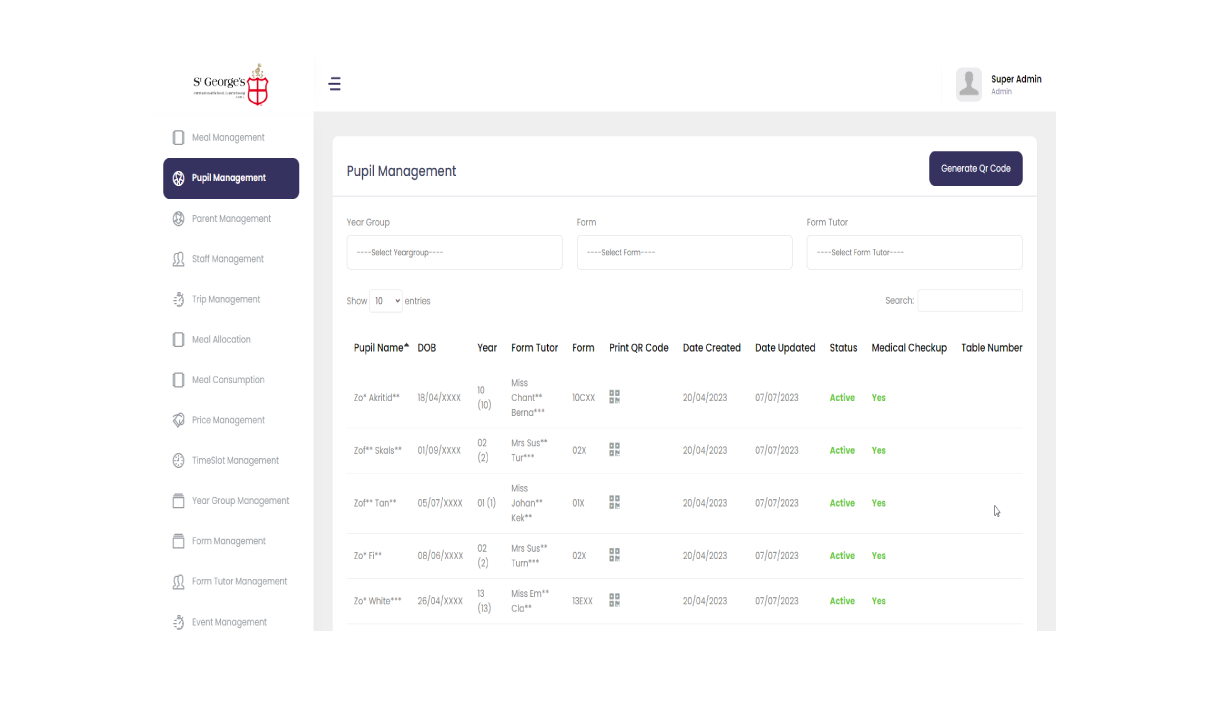
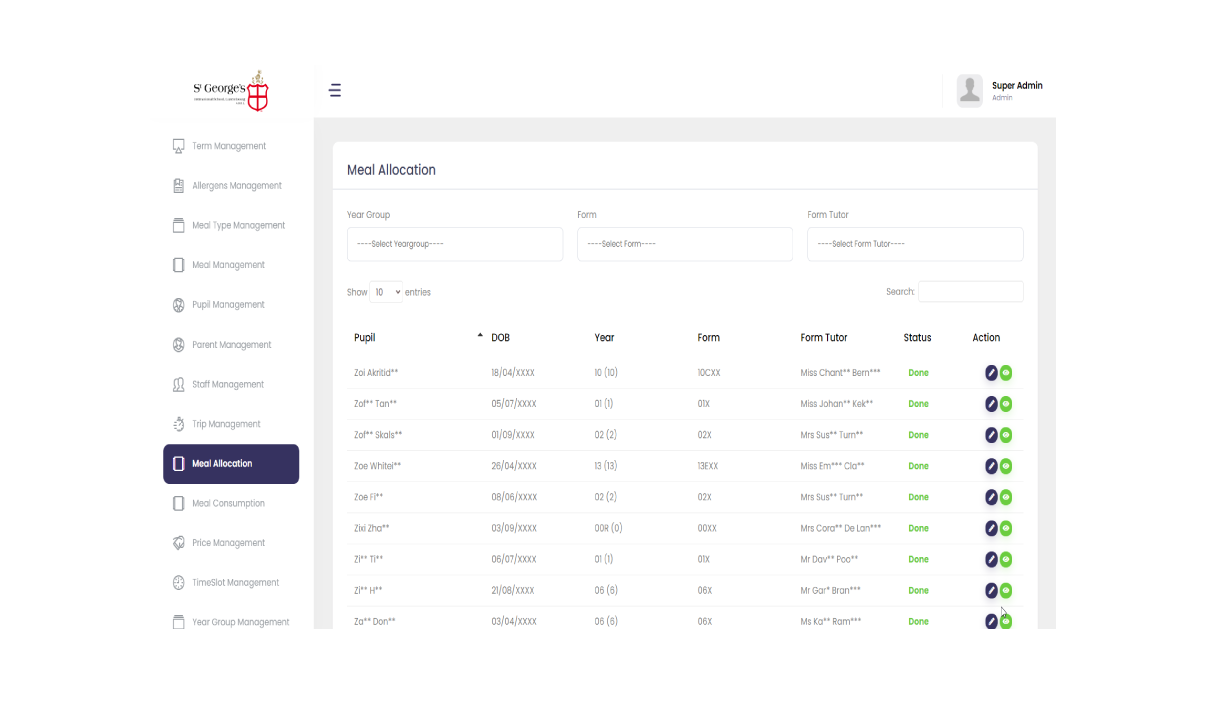
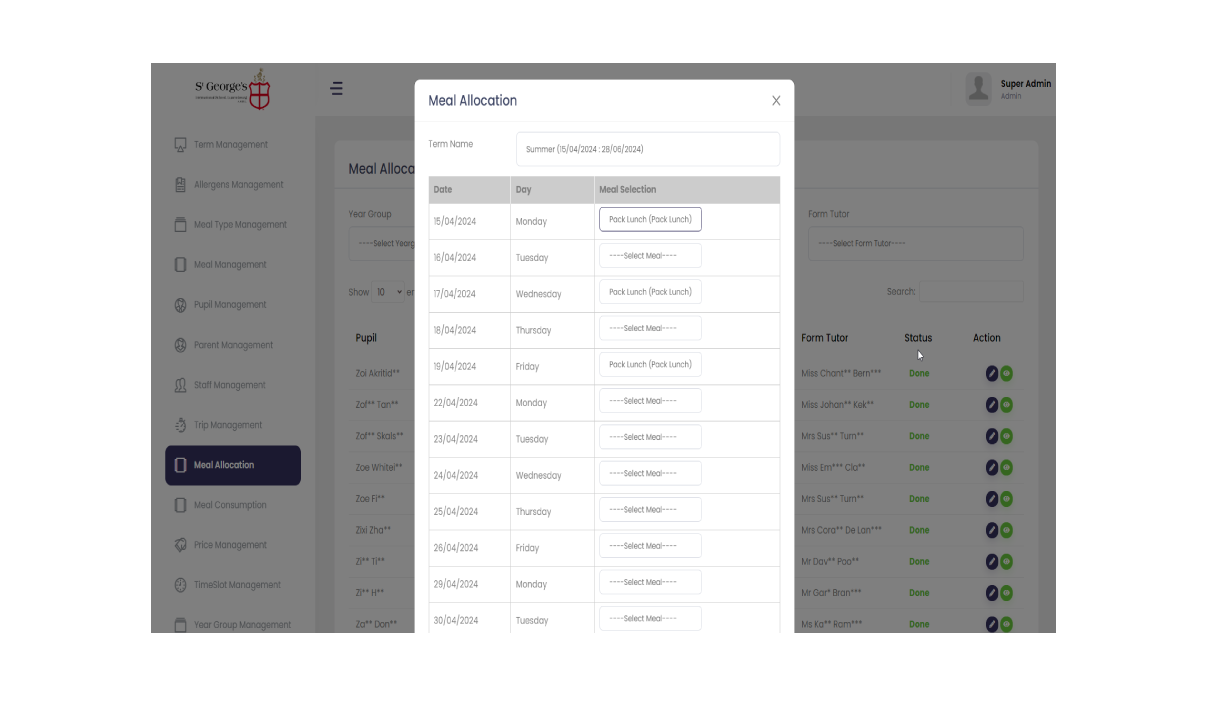
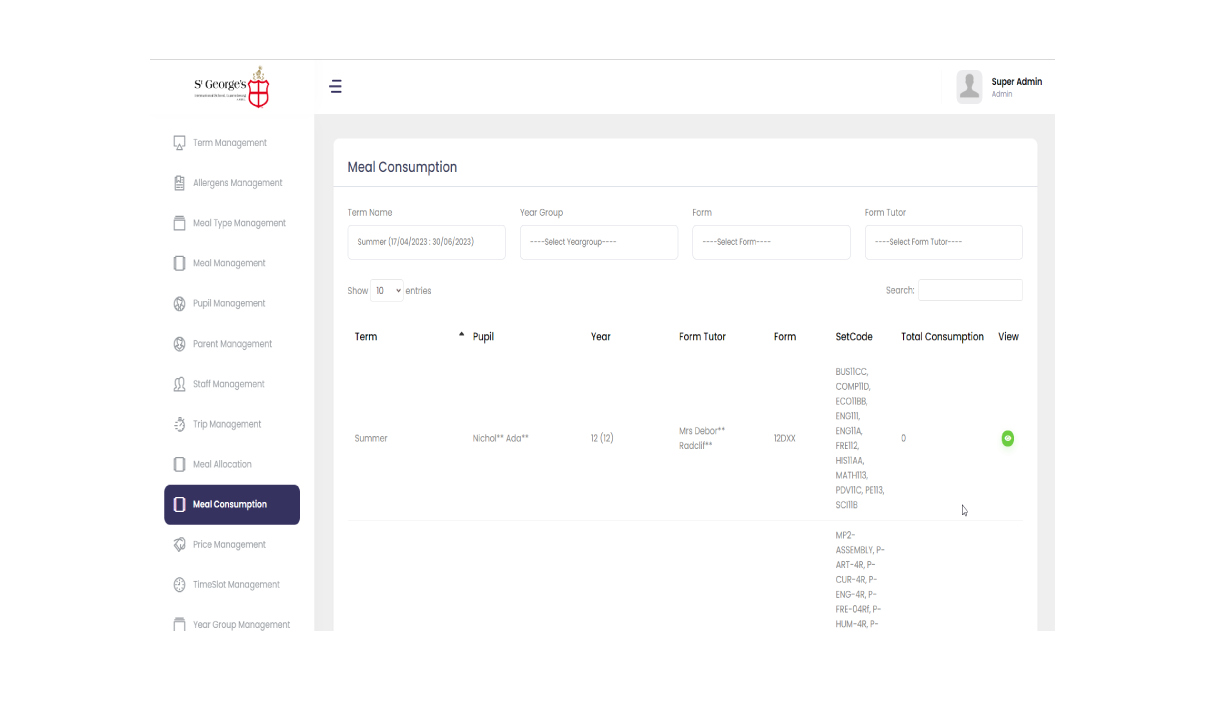
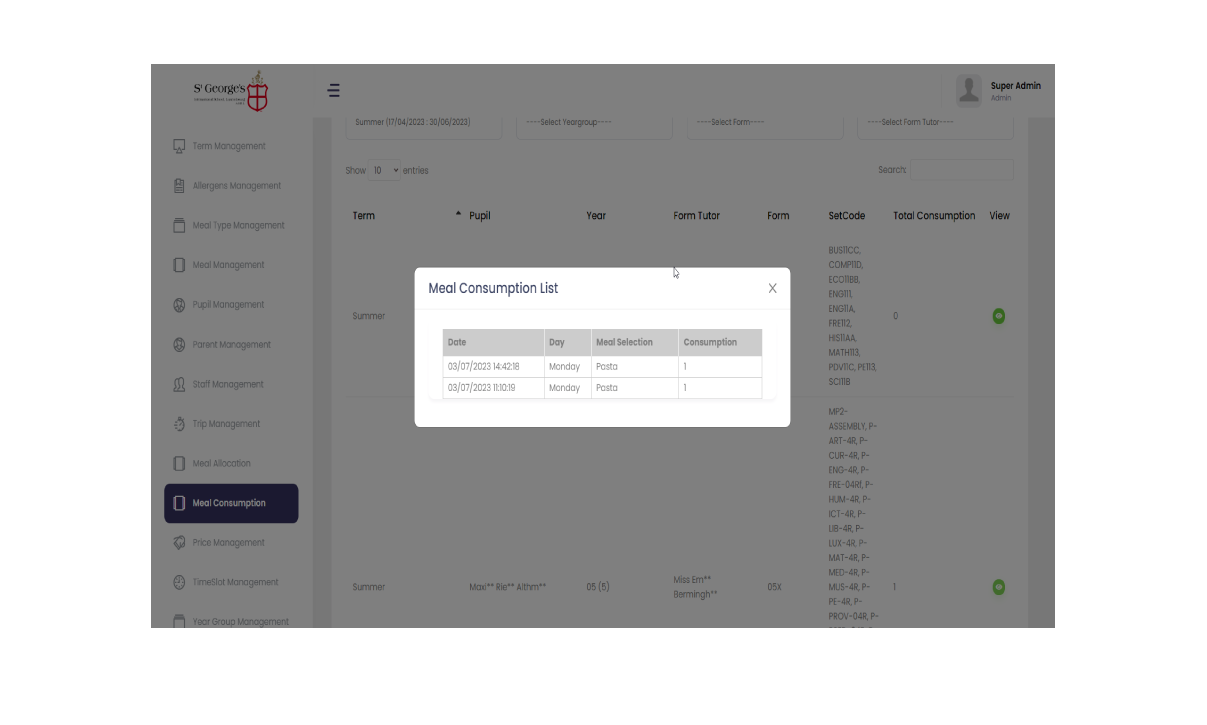
Systematizing and Streamlining the Ordering of School Meals.
1. Introduction- This case study focuses on the deployment of a meal ordering system in a school to promote the efficiency and convenience of the school's lunch service. The goal of the project was to improve the overall quality of the meal service. The ordering procedure is going to be streamlined with the help of this technology, which will also minimize the administrative burden, increase accuracy, and cater to the students' dietary demands and preferences.
- Streamline the ordering procedure: Develop a user-friendly and intuitive system that enables students and parents to place meal orders with ease.
- Make adjustments for special diets: Allow students to specify any dietary restrictions or food allergies when submitting orders.
- Boost the effectiveness of the bureaucracy: Reduce the time and effort expended by school staff on managing meal orders and inventory to increase administrative efficiency.
- Accuracy improvement and resource conservation: Minimize errors in meal preparation and avoid food waste by fulfilling individual orders with precision.
- Improve parents' ease of life by: Provide a centralized platform for parents to monitor and manage their child's meal preferences and payments in order to increase parental convenience.
- Online Ordering Portal: A web-based or mobile application that allows students or parents to explore the menu, choose meal options, and place advance orders.
- Customization and Dietary limits: Users can define dietary preferences, allergies, or limits, ensuring that meals match their specific needs.
- Menu Management: School administrators have the ability to edit and manage the menu, which includes daily specials, nutritional information, and allergy alerts.
- Payment Integration: The ability to pre-load funds into a digital wallet or integrate with online payment systems to streamline the payment procedure
- Order Tracking and alerts: Order confirmations, reminders, and alerts for any changes or revisions are sent to students and parents.
-
Reporting and analytics:
To enhance meal planning and prevent waste, the system gives
insights into meal preferences, order trends, and inventory
management.
Users can submit comments on the quality and satisfaction of the meals, allowing for continuous improvement.
- Increased Productivity: The system reduces documentation, eliminates manual entry errors, and streamlines the meal preparation process.
- Improved Dietary Accommodations: Students with dietary restrictions or preferences are able to communicate their needs with greater ease, ensuring that their meals adhere to their preferences or restrictions.
- Increased Accuracy and Decreased Waste: When the school receives accurate pre-orders, it can better manage its inventory and reduce food waste.
- Convenience for Parents: The system provides parents with an intuitive interface for monitoring and managing their child's meal selections and expenditures.
- Financial Transparency: The system provides parents with visibility into meal costs, which facilitates budgeting and financial planning.
- Data-Driven Decision Making: The reporting and analytics capabilities offer invaluable insights for optimizing menu planning, identifying popular dishes, and enhancing overall meal service.
- Effects Favorable to Nature: Reducing food waste contributes to sustainability efforts and teaches students the value of minimizing waste.
- School meal ordering systems are efficient and convenient for students, parents, and staff. Schools may improve lunch service, minimize waste, and increase financial transparency by streamlining ordering, addressing dietary needs, and using technology. Customization, payment integration, and reporting make school lunch administration more sustainable and user-friendly.
"Let's Connect and bring your ideas to life. Whether you have a question, need a consultation, or want to discuss your project, we are here for you. Reach out to us through our contact form, give us a call, or connect with us on social media. We look forward to hearing from you and exploring how we can work together to achieve your goals."